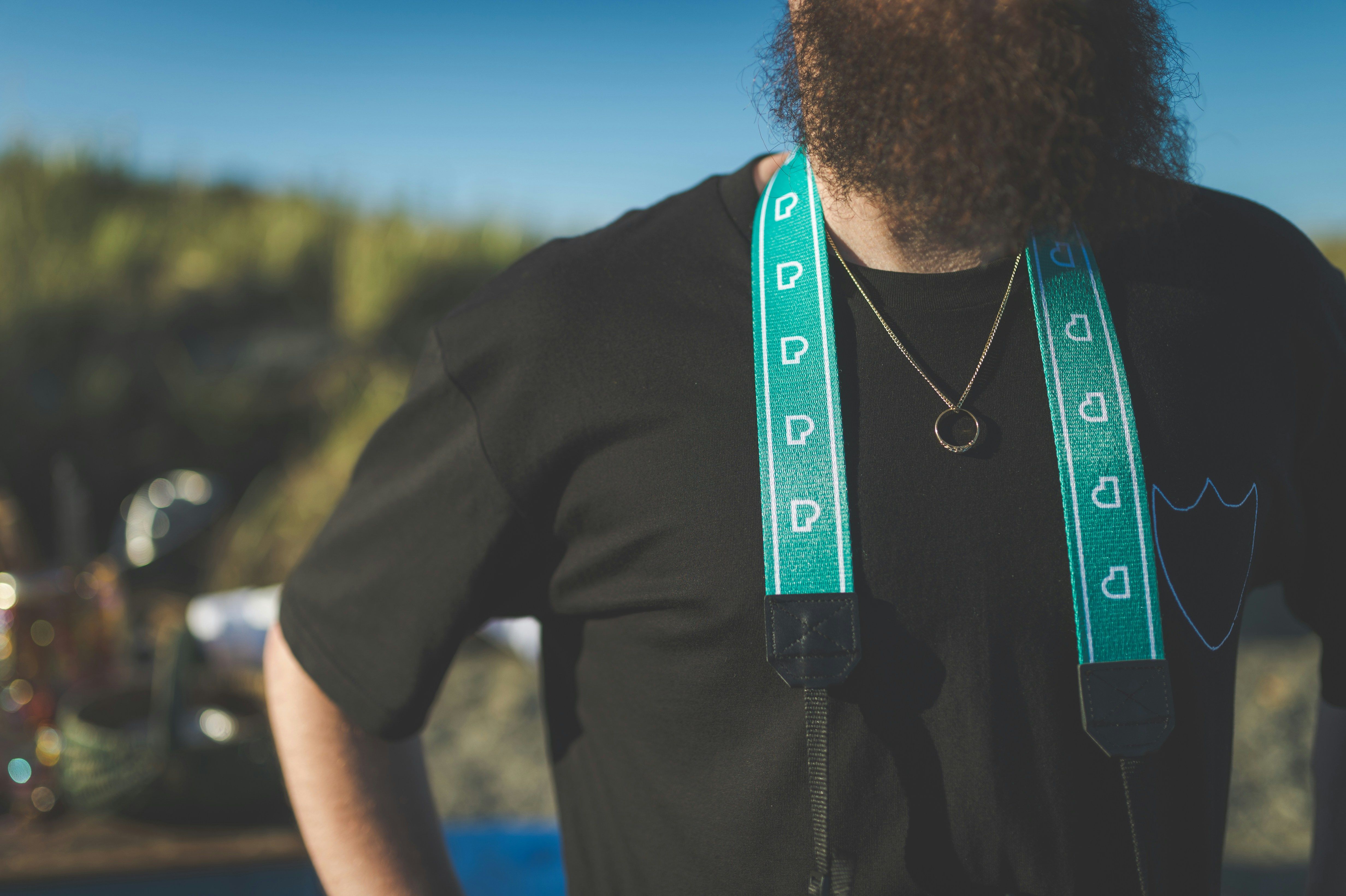Examining Gambling Strategies: Crafting Game Design for Long-Term Player Engagement (Continuation)
In this edition of our ongoing "Let's Talk Gambling" roundtable discussion, a panel of industry experts delves into the intricacies of game design for player retention. Participating in the discussion were Eamonn Beardsley, Content Strategy Director at Light & Wonder; Norbert Grono, Account Manager at Wazdan; Toni Karapetrov, Head of Corporate Communications at Habanero; Kate Romanenko, Head of Commercial at Kendoo; Andy Huang, CEO at TaDa Gaming; and Mike Collins, Game Product Owner at Thunderkick. For those who missed the first installment, it can be found here.
One of the key topics addressed during the discussion was the art of balancing game volatility to appeal to both new and seasoned players, all while maintaining high engagement across various audiences.
"It's unrealistic to cater to every unique player preference within the same game," explained one panelist. "However, by adjusting the perceived and calculated volatility to give the product an inviting, enjoyable feeling in the short term, while also offering a realistic path to larger prizes, we can achieve a sweet spot to maximize audience reach. This strategy was applied in our latest release, The Wildos 2, which features a bonus round where players can choose their preferred level of volatility."
Another panelist highlighted the importance of offering flexible volatility settings, allowing operators to tailor elements according to their players' preferences, and mixing things up within the games with features like progressive multipliers, expanding reels, and extra respins for casual players as well as high-stakes moments for experienced players.
One panellist emphasized the significance of understanding the market and players' preferences, combining expertise, instinct, and continuous improvements as keys to success. Another stressed the importance of adjusting the level of risk and reward for various player demographics, ensuring a single game can appeal to a wide range of players, regardless of experience.
Another expert mentioned the need to decide on the target audience and tailor the title to their specific preferences, adhering strictly to the initial concept and vision. They noted that it's better to create a game one group of players is 100% satisfied with rather than one that keeps 50% of both groups happy.
In terms of cultural themes and regional preferences, panelists discussed the importance of adapting games to appeal to specific markets while ensuring a global appeal. They emphasized the significance of local market insights in designing games with engaging, adaptable gameplay that resonates with players from different regions without alienating global audiences.
One panellist advised developers to focus more on familiarity as players are usually drawn to it, whereas another advocated for a global core mechanics approach with deep local content adaptation to achieve the perfect balance between local and international appeal. Also, the idea of blending vibrant colour schemes, enhanced visual effects, and immersive sound design to align with the local entertainment culture emerged as a key approach for gaining the attention of players in certain regions.
The experts also agreed on the importance of player feedback and making adjustments accordingly to continually evolve and improve formulas over time.
"During the discussion, Eamonn Beardsley suggested that strategically adjusting the volatility in casino-games can attract both new and experienced players, as demonstrated in their latest release, The Wildos 2, which offers a bonus round where players can customize their preferred level of volatility."
"Later in the conversation, Toni Karapetrov underscored the necessity for operators to tailor their casino-and-gambling offerings according to players' preferences, emphasizing the significance of flexible volatility settings, along with features like progressive multipliers and extra respins, to cater to different player demographics."




